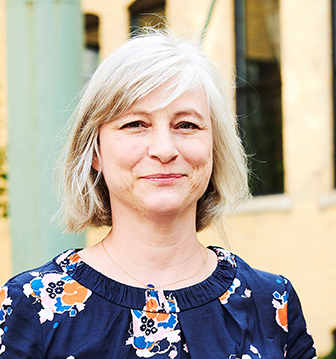Conference Speakers
Kathleen Backer
Kathleen Backer, Mayor of New Ulm, has 40 years of experience in historic preservation. She is a recipient of MALHM’s 2023 Lifetime Achievement Award. Her career includes serving as Executive Director for the Brown County Historical Society (in New Ulm) and the Minnesota Agricultural Interpretive Center (in Waseca, MN). Backer played a key role in overseeing the Old Post Office Museum project in New Ulm during the 1980s, which involved repurposing the 1910 post office into a museum. Currently, Backer continues her involvement with this project as a volunteer by writing grants and overseeing restoration efforts, supported by Legacy Grants.
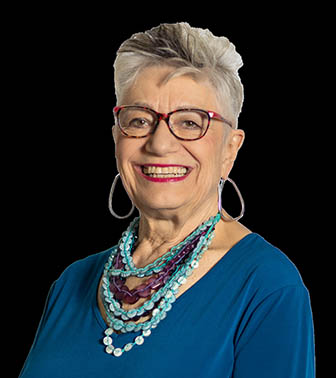
Julie Bayerl
Julie Bayerl works to advance the Minnesota Department of Administration’s policy and budget initiatives at the Minnesota Legislature. Before coming to Admin in 2019, she spent 12 years at the Minnesota Senate including time as an aide to the Majority Leader where she provided policy analysis and developed legislative strategies on a variety of issues. Julie enjoys gardening, live music, and spending time with her three young sons. In the winter, she serves as a state tournament dance team judge for the Minnesota State High School League.
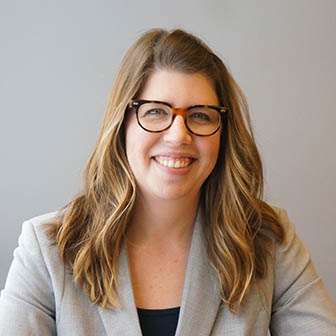
Michael Corey
Michael Corey is a recent graduate of the University of Minnesota’s Heritage Studies and Public History program and an Associate Director for Mapping Prejudice, which uses community crowdsourcing to identify and map racial covenants as a vehicle toward unmaking the legacies of racial covenants and segregation. Michael regularly speaks to a wide variety of policymakers and community organizations about the history of racial covenants and other technologies of segregation. Before transitioning to public history, Michael spent 20 years as a journalist and data journalist at the Star Tribune, Reveal from the Center for Investigative Reporting and the Des Moines Register.
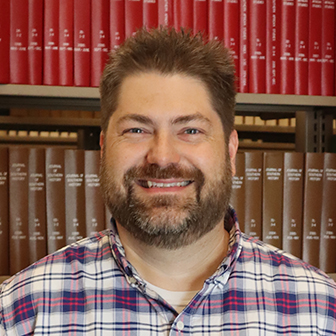
James Curry
James Curry is an artist and educator who grew up in Brooklyn Park, MN and studied at The American Film Institute. He went on to earn an MFA in Film from the Vermont College of Fine Arts. For over 30 years he has been active in filmmaking and has won numerous awards for his fiction and non-fiction films. He is the recipient of both Jerome Hill Artist and McWatt Fellowship. Curry’s Soulforce exhibit explored Black, Indigenous and Chicano people power movements as a fellow with the Minnesota African American Heritage Museum and Gallery. He also teaches film at Augsburg University.
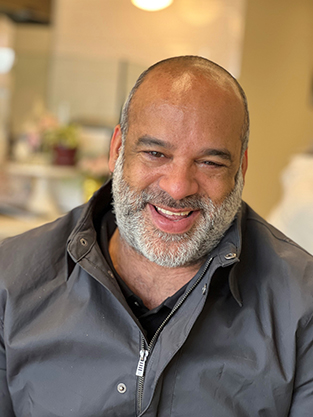
Greg Donofrio
Greg Donofrio is Associate Professor of historic preservation and public history in the School of Architecture and Associate Dean of Faculty for the College of Design at the University of Minnesota. Dr. Donofrio received a BA in the History of Science and Technology from Vassar College, an MA in Historic Preservation and a PhD in City and Regional Planning from Cornell University. Since 2019 he has co-directed A Public History of 35W, a community-collaborative oral history and research project on Interstate 35W in South Minneapolis. He is currently co-writing and co-editing the book Human Tolls: Public Histories and Community Responses to Twin Cities Freeways, which is under contract with the University of Minnesota Press.
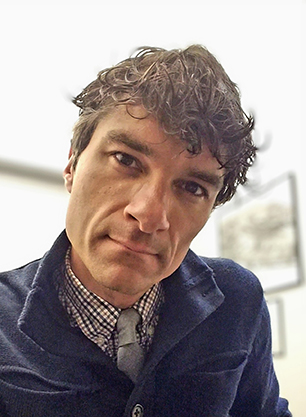
Gail Dubrow
Gail Dubrow (she/her) is Professor of Architecture, Landscape Architecture, Planning & Public Affairs, and History at the University of Minnesota. She is a Fellow of the Society of Architectural Historians (SAH) and a Distinguished Professor of the Association of Collegiate Schools of Architecture. She is the author of two award-winning books, Sento at Sixth and Main (2002) with Donna Graves, and editor of Restoring Women’s History Through Historic Preservation (2004) with Jennifer Goodman. Dubrow is leading an initiative to make the SAH more accessible to people with disabilities.
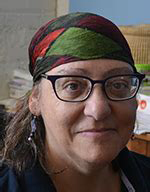
Kendra Ellner
Kendra Ellner graduated with her Master’s of Science in Urban and Environmental Planning at Arizona State University. She began her career as a public sector planner and is now a Community Planning Consultant at HKGi, working on projects across the Upper Midwest. She prides herself on being a multifaceted planner with professional expertise in land use, community planning, equity planning, historic preservation, urban design, and sustainability. Kendra is known for being innovative, adaptable, and a great collaborator through any project. She is a lifelong learner, embraces best practices, and serves the public interest.

Nicole Foss
Nicole Foss is an architectural historian and archaeologist in SHPO’s Environmental Review Program and an administer of the MnSHIP application, SHPO’s online inventory form repository. She is passionate about making information available and accessible to facilitate the important work of historic preservation.
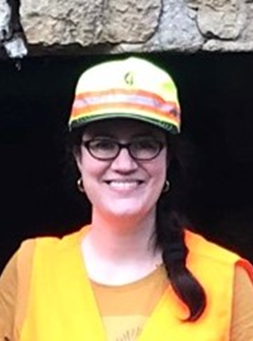
Bethany Gladhill
Bethany Gladhill first experienced preservation as a community development tool while on her neighborhood council in the mid-1990s, inspiring her to get her Master’s Degree in Historic Preservation from Goucher. Since then, she has completed context studies, surveys, design guidelines, interpretive plans, and National Register nominations throughout Minnesota, as well as a larger civil rights project incorporating all of these aspects in Waterloo, Iowa. As well as the Rochester project, she recently worked with Historic Saint Paul on their Theory of Change, and oversaw adaptive use projects for the former Victoria Theater and Brown-Jaspers Furniture Building, both in Saint Paul.
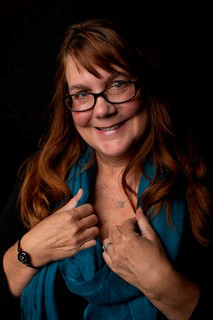
Kelly Gragg-Johnson
Kelly Gragg-Johnson is one of SHPO’s Environmental Review Specialists. She has worked in the Minnesota State Historic Preservation Office since 1995 and regularly consults with federal and state agency staff, county and city officials, cultural resource consultants, and other applicants (engineering firms, architects, historical organizations, etc.) as they comply with state and federal historic preservation laws to ensure that cultural resources are taken into consideration during project planning.
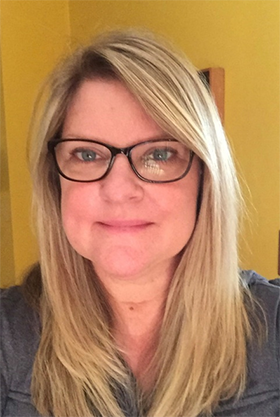
Ken Green
Ken Green has over 30 years of experience in structural engineering and has been involved with historic structures most of his career, starting with the early 1990’s Wheeler Hall Renovation in Ashland, WI. He enjoys the unique challenges and problem solving that historic structures bring, with unusual and archaic structural systems. Ken has been involved work on some of the oldest existing structures in the State of Minnesota, including Historic Fort Snelling, Beaulieu House in Crow Wing State Park, Justus Ramsey House and Alexander Ramsey House.

Lucy Harrington
Lucy Harrington, M.S., is the Environmental Review Archaeologist of the Minnesota State Historic Preservation Office. She is the current President of the Council for Minnesota Archaeology and has over a decade of experience in cultural resource management for the Bureau of Land Management and private companies. She has led multiple complex excavations across rural and urban settings (Phase I, II, and III) with a strong emphasis on precontact archaeology and lithic analysis. Ms. Harrington has developed predictive models for archaeological site locations. Her regional experience includes California, Colorado, Pennsylvania, and nearly a decade in Minnesota.
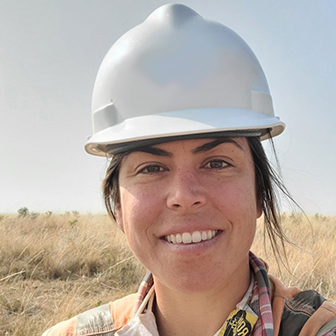
Chris Hommerding
Chris Hommerding is a historian in MnDOT’s Cultural Resources Unit. He holds a PhD in U.S. History from UW-Madison and has worked in the fields of Public History and Cultural Resources Management in a variety of roles for the past 8 years. Among other duties, he serves as a liaison between MnDOT’s Cultural Resources Unit and the Historic Roadside Property and Waysides program.
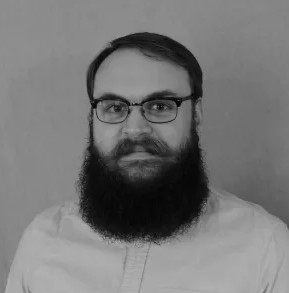
Mathias Hughey
Mathias Hughey, AICP, holds masters’ degrees in Landscape Architecture and Urban and Regional Planning from the University of Minnesota. He came to the field of preservation through an interest in sustainability and urban design and has served as staff liaison to the Heritage Preservation Commissions of Faribault and Northfield.
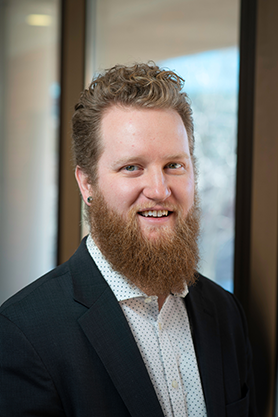
Michael Koop
Michael Koop organizes and plans the annual PreserveMN Conference for the Minnesota State Historic Preservation Office. He works with Heritage Preservation Commissions (HPCs) and Certified Local Governments (CLGs) to advise them on developing and administering local preservation programs, which can include preparing historic context reports, conducting architectural surveys, writing local landmark designations and National Register nominations, developing design guidelines, and preparing a range of educational activities. He has been doing research on Artstone buildings for the past 15 years.
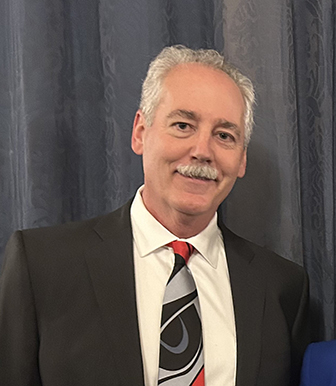
Laura Leppink
Laura Leppink (she/her) is a founding member of REPAIR: Disability Heritage Collective. She received her Master’s in Heritage Studies and Public History from the University of Minnesota in 2020. Leppink, with Gail Dubrow and Morgan LaCasse, completed the first city-wide historic context document on Disability Activism History for the City of Seattle in March 2025. Laura is also an advocate and educator in historic preservation trades, serving as a board member since 2018 with the Minnesota-based nonprofit Northern Bedrock.
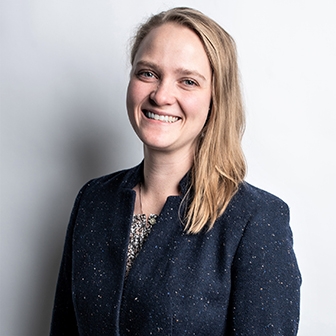
Dave Macdonald
Dave Macdonald has over 45 years of structural engineering experience which includes all phases and types of structural building systems. Several of his projects have won awards for unique and innovative design, including the restoration of the Nicollet Island Pavilion (CUE award from the City of Minneapolis), adaptive reuse and addition to the Humboldt Mill in Minneapolis (AIA/MN Honor and Minneapolis Heritage Preservation Awards), the restoration of the Swedish Institute Solarium (AIA/MN Heritage Preservation Award). In 2008 David was honored by AIA/MN with a special award for "Outstanding skill and creative solutions for the architectural profession as a structural engineer."
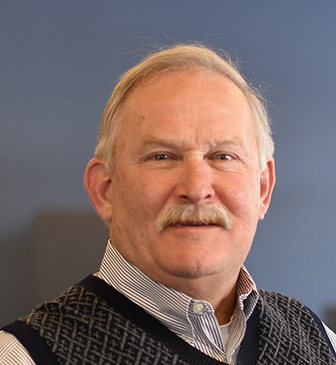
Richard Mann
Richard Mann retired from a long career as a technical writer and trainer in the global medical device industry. His entrance to historical research began with his family’s history as trailblazers for African American communities across several states, and, along with his siblings, he has played a leading role in directing work on the Turner J. Starks History Project, which seeks to commemorate his ancestors’ history as well as drive new community conversations about race in Minnesota and beyond.
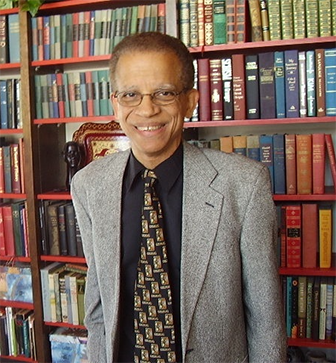
David Mather
David Mather is the National Register Archaeologist at the Minnesota State Historic Preservation Office and serves as the instructor for Applied Heritage Management at the University of Minnesota. He holds graduate degrees in Environmental Archaeology from the University of Sheffield in England, and Interdisciplinary Archaeological Studies at the University of Minnesota. David’s career has focused on archaeology within historic preservation in Minnesota, including designations in the National Register of Historic Places and National Historic Landmarks programs.
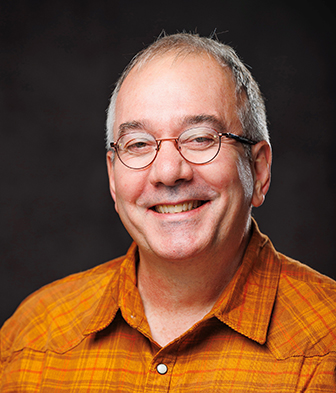
Greg McMoore
Greg McMoore is a South Minneapolis elder and past Hennepin History Museum board member. Through an Arthur C. McWatt Fellowship from Hennepin History Museum and Ramsey County Historical Society, he explored his ancestors’ “North Star Journey” migrating from enslavement in Virginia to freedom in Minnesota. He has worked in research and project development for several non-profits throughout his career, including the Rafiki Project, the Wilder Foundation, and the Village Foundation in Washington, D.C. He also served as a community advisor to the MN Star Tribune’s “Ghost of a Chance” podcast.
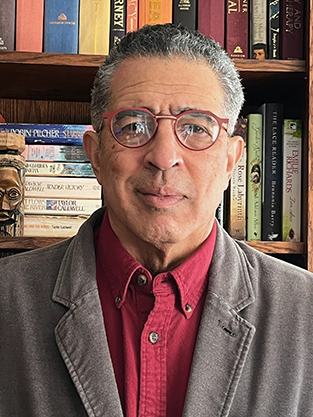
Jeremy Nienow
Jeremy Nienow, PhD., RPA, is a registered, professional archaeologist with 30 years of archaeological experience including 20 years meeting the Secretary of the Interior's Standards for Archaeology. Jeremy has had a diverse historical archaeology focused career including colonial, fur trade, and frontier endeavors. After leaving higher education in 2014, he formed Nienow Cultural Consultants. The company’s largest projects have been historical in nature including five years of excavation at Fort Snelling’s Lower and Upper Posts, multiple projects for the City of Minneapolis Park Board including efforts to identify and evaluate St. Anthony Fall’s 1850s commercial district, and excavations around the Minnesota State Capitol.
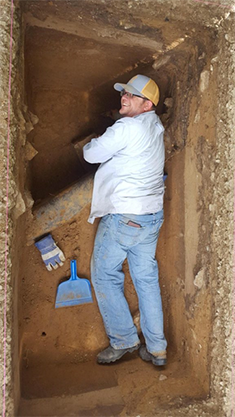
Molly Patterson Lundgren
Molly Patterson-Lundgren, AICP, is the Heritage Preservation & Urban Design Coordinator for the City of Rochester, where her position takes on the challenge of preserving the city’s unique historic resources with the development of new construction. For over two decades, she has worked in both public and private sectors, serving as City Planner for Wabasha, Albert Lea, and Rochester. Her experience is wide-ranging, from the development and implementation of plans and municipal code centered around heritage preservation to working with HPCs on supporting designated properties and districts through design review.

Erin Que
Erin Que (she/her) is an architectural historian and preservation planner. She received a B.A. in Architecture from Washington University in St. Louis and a Master of Architectural History and Certificate of Historic Preservation from the University of Virginia. She has experience in the private and public sectors with cultural resource management, cultural heritage planning, community engagement, and interpretive planning. She is the City of Minneapolis Project Manager for the Minneapolis African American Historic and Cultural Context Study and was the staff liaison for the African American Heritage Work Group.
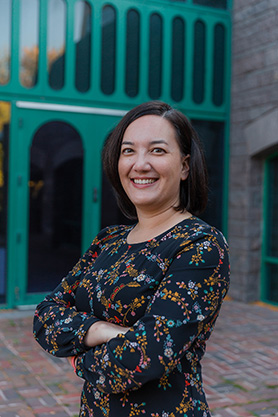
Christopher Rico
Christopher Rico is a 2022 graduate of the University of Minnesota with a Master’s in Heritage Studies and Public History. He has a decade of experience completing and leading archaeological projects as well as being Nienow Cultural Consultant’s Public History and GIS Coordinator. This includes designing and directing public educational content; developing GIS interpretive materials related to past and ongoing projects; and growing awareness of the company and its services among the communities it works in.
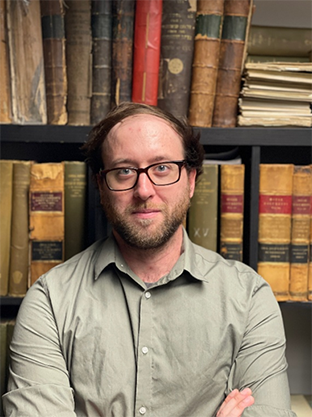
Catherine Sandlund
Catherine Sandlund is a Design Reviewer with MNSHPO. Ms. Sandlund attended the University of Minnesota where she acquired a Master of Architecture, a Master of Science in Architecture – Heritage Preservation, as well as a Bachelor of Arts in Studio Arts. Prior to joining the SHPO, Ms. Sandlund worked as Principal Planner with Minneapolis Community Planning and Economic Development and preceding that, Ms. Sandlund worked at the Minnesota Historical Society where she was the Grant Program Design Reviewer and the Designer for the Minnesota Main Street program to encourage transformations of older historic commercial districts by using inclusive, comprehensive, people-centered, and place-based approaches to community revitalization. Ms. Sandlund is passionate about how preservation can help all community members experience the benefits of historic preservation.
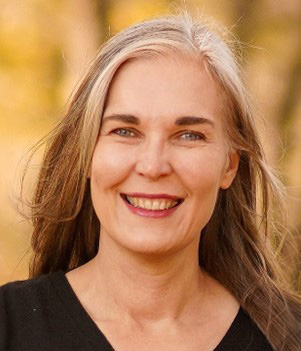
Tom Schroeder
Tom Schroeder is Senior Counsel with the law firm of Faegre Drinker Biddle & Reath, LLP in Minneapolis, and the founder and owner/operator of Waldmann Brewery & Restaurant in Saint Paul. Over his 35-year legal career, Tom and his firm have represented numerous individual, nonprofit and public interest clients in MERA and NEPA suits seeking to halt the demolition of historically designated or eligible properties. He is a former Chair of the Preservation Alliance of Minnesota (now Rethos), and helped develop its Historic Easement Program. He is the author of the 5-site, non-contiguous designation study "Pioneer-Era Limestone Buildings of Saint Paul" adopted by the City's Heritage Preservation Commission in 2015, is an active member of the Saint Paul Preservation Political Action Committee, and has hosted several local candidate forums and debates on preservation topics. Most of all, Tom is a self-described "preservation entrepreneur" in his restoration and re-opening, in 2017, of Anton Waldmann's original lagerbier saloon, housed in Waldmann's original saloon building, first opened in 1857--and today Saint Paul's oldest surviving commercial building. Waldmann is a public benefit corporation, organizing and hosting numerous events on historical, restoration and preservation topics throughout the year.
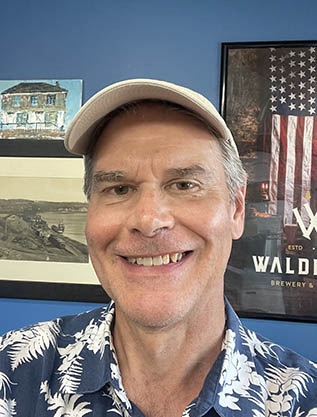
Amy Spong
Amy Spong serves as Minnesota’s Deputy SHPO and Director leading a team that carries out federal and state laws aimed at preserving historic resources. Since 2016, Amy has led efforts to transition the SHPO team into state government, develop and implement a new Statewide Preservation Plan, and digitize and map Minnesota’s Statewide Inventory. Amy holds a B.S. in housing, design and technology from the University of Minnesota, and her preservation work has focused on planning and policy, certified local governments, grants, and design review. Apart from one year, Amy’s 30 years in preservation has been in the public sector for the states of Minnesota and Colorado, and cities of Minneapolis and Saint Paul – promoting the use and preservation of historic and cultural resources important to all.
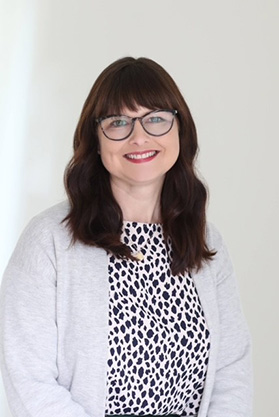
Alice Thomas
Alice Thomas earned her Ph.D. in Higher Education Policy and Administration. She is the co-founder of several community organizations and has been a member of numerous Northfield city boards and commissions, including the HPC. In retirement, she restored her 1878 residence (which was later designated as a local landmark), and co-founded Save the Northfield Depot 501(c)(3), which rehabilitated the 1888 depot and worked to get it designated a local landmark.
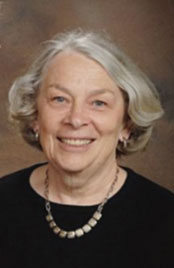
Brigid Tuck
Brigid Tuck is a community economics specialist with University of Minnesota Extension. Tuck joined Extension’s Center for Community Vitality in fall 2008. She conducts analyses and writes reports for the Economic Impact Analysis (EIA) program, which she helped launch in early 2009. Since then, the EIA program has issued more than three dozen studies, covering numerous economic sectors in Minnesota—including tourism, education, manufacturing, retail, infrastructure, and local foods. Tuck has 15 years of experience using IMPLAN, the input-output modeling software used in economic impact analysis. She has completed three IMPLAN training courses and presents regularly at the national conference for IMPLAN users.
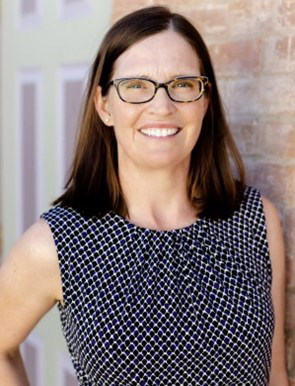
Andrea Weber
Andrea Weber is a licensed landscape architect and the program manager for the MnDOT Historic Roadside Property and Waysides program for 7 years. During this time, she has worked on 26 Rehabilitation projects and worked with CRU on several re-evaluations of roadside properties resulting in 3 sites determined eligible again. Prior to coming to MnDOT she worked at Dakota County, the Minneapolis Park Board, and City of Shakopee focusing on park design, project management, and larger county-wide studies.
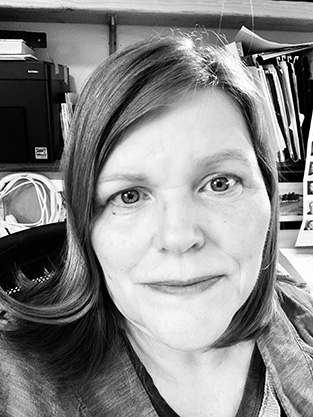
Frank White
Frank White is an author, St. Paul Rondo historian & elder, exhibit curator, and researcher. He has published a book, written several articles, and co-created an exhibit with Ramsey County Historical Society on African American baseball players and history in Minnesota. Frank has been involved in several history projects centered on African Americans and their history in Minnesota. He has served on the Coalition for the History of African American Contributions to the University of Minnesota Board of Directors, Executive Committee (2001 – 2015), Minnesota State Historic Preservation Review Board (currently serving his 3rd term), and Minnesota State Capitol Preservation Commission (appointed by Governor Tim Walz and currently serving his 1st term).
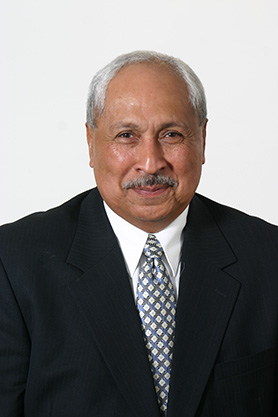
Natascha Wiener
Natascha Wiener is the historical architect at the Minnesota State Historic Preservation Office, where she is a coordinator for the federal and state Historical Rehabilitation Tax Credit programs and a content expert for other Historic Preservation Act programs. She specializes in building reuse and interpretation of the Secretary of the Interior’s Standards for Rehabilitation, as well as having a passionate interest in resilience planning for heritage resources. She serves on both the Power & Building, and Resilience & Adaptation Action Teams under the Governor’s Climate Change Subcabinet and contributed to the state’s Climate Action Framework.
